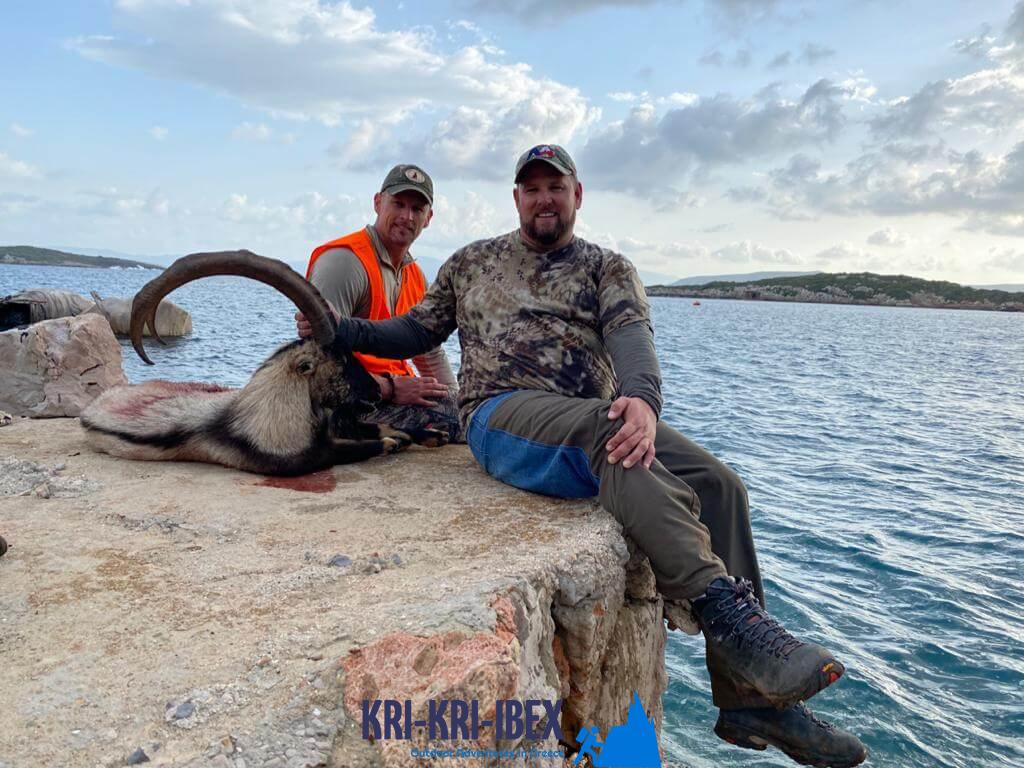Book currently as well as obtain 10% discount rate! Kri Kri ibex hunting in Greece!
Book currently as well as obtain 10% discount rate! Kri Kri ibex hunting in Greece!
Blog Article

Searching for Kri Kri ibex in Greece is a wonderful getaway experience. It is not constantly a difficult search or an unpleasant experience for the majority of hunters. You can experience old Greece, shipwrecks, and spearfishing during 5 days hunting for attractive Kri Kri ibex on an exotic island. Is there anything else you would certainly like?

Searching Kri-Kri Ibex on Sapientza Island is a hard yet gratifying task. The ibex stay in tough, rocky surface that can quickly leave you without shoes after just two trips. Shooting a shotgun without optics can also be a difficult job. The quest is well worth it as the ibex are some of the most stunning animals in the globe. Greece is a wonderful nation with a rich background and culture. There are many tourism opportunities offered, consisting of hiking, sightseeing and tour, as well as of course, searching. Greece offers something for everybody and is certainly worth a check out.
What to Expect on a Peloponnese Tour? When you book one of our searching and also visiting Peloponnese Tours from Methoni, you can expect to be surprised by the natural beauty of the area. From the excellent beaches to the hills as well as woodlands, there is something for everybody to enjoy in the Peloponnese. In addition, you will have the possibility to taste some of the very best food that Greece needs to offer. Greek food is renowned for being fresh and also tasty, and you will certainly not be let down. One of the best components concerning our excursions is that they are created to be both enjoyable and instructional. You will find out about Greek background as well as culture while additionally getting to experience it firsthand. This is an outstanding opportunity to submerse on your own in everything that Greece has to provide.
Experience 'Real' Greece with Our Peloponnese Tours. Look no better than our Peloponnese excursions if you're looking for an authentic Greek experience. From ancient ruins and castles to tasty food as well as red wine, we'll reveal you every little thing that this incredible region has to provide. So what are you waiting on? Schedule your journey today! Your Kri Kri ibex hunting in Greece is below!
What is the diference between Kri Kri ibex, Bezoar ibex and hybrid ibex
The kri-kri is not thought to be indigenous to Crete, most likely having been imported to the island during the time of the Minoan civilization. Nevertheless, it is found nowhere else and is therefore endemic to Crete. It was common throughout the Aegean but the peaks of the 8,000 ft (2,400 m) White Mountains of Western Crete are their last strongholds–particularly a series of almost vertical 3,000 ft (900 m) cliffs called ‘the Untrodden’—at the head of the Samaria Gorge. This mountain range, which hosts another 14 endemic animal species, is protected as a UNESCO Biosphere Reserve. In total, their range extends to the White Mountains, the Samaria National Forest and the islets of Dia, Thodorou, and Agii Pandes.
This Ibex is NOT a diminutive form of the Bezoar Ibex, which has migrated into the western-most reach of the range of this species. The kri – kri (Capra aegagrus cretica), sometimes called the Cretan goat, Agrimi, or Cretan Ibex, is a feral goat inhabiting the Eastern Mediterranean, previously considered a subspecies of wild goat. The kri-kri has a light brownish coat with a darker band around its neck. It has two horns that sweep back from the head. In the wild they are shy and avoid tourists, resting during the day. The animal can leap some distance or climb seemingly sheer cliffs.
“The agrimi goat Capra aegagrus cretica is unique to Crete and its offshore islands. It has been identi®ed as a sub-species of the wild bezoar goat Capra aegagrus aegagrus Erxleben, 1777, which it closely resembles in horn shape, body form and coloration. This classi®cation has been disputed by some researchers who claim that the agrimi are feral goats, derived from early domestic stock brought to the island by the ®rst Neolithic settlers. In order to clarify this issue, DNA analyses (cytochrome b and D loop sequences) were carried out on tissue of live and skeletonized agrimi and compared to sequences of wild and domestic caprines. Results conclusively show the agrimi to be a feral animal, that clades with domestic goats (Capra hircus) rather than with wild Asiatic bezoar. This study demonstrates that morphometric criteria do not necessarily re¯ect genetic af®nities, and that the taxonomic classi®cation of agrimi should be revised.”
Report this page